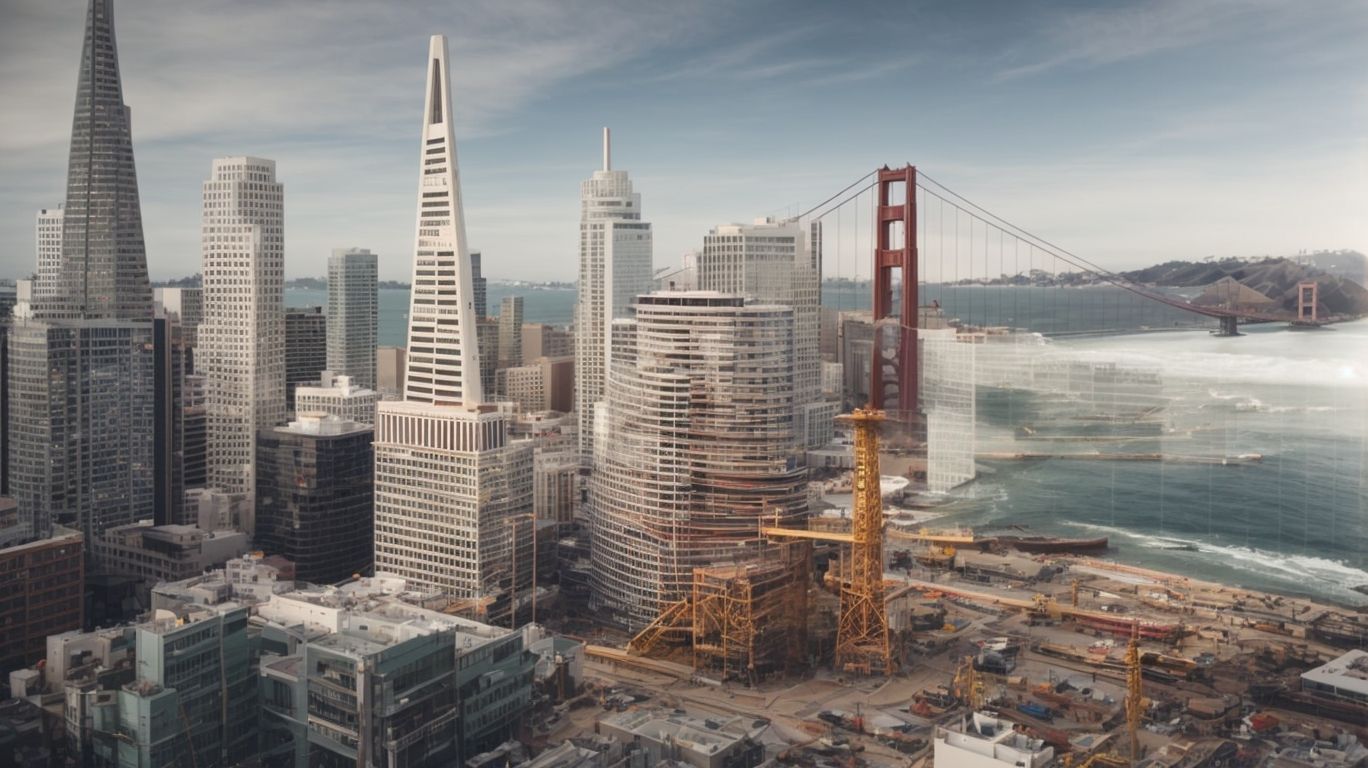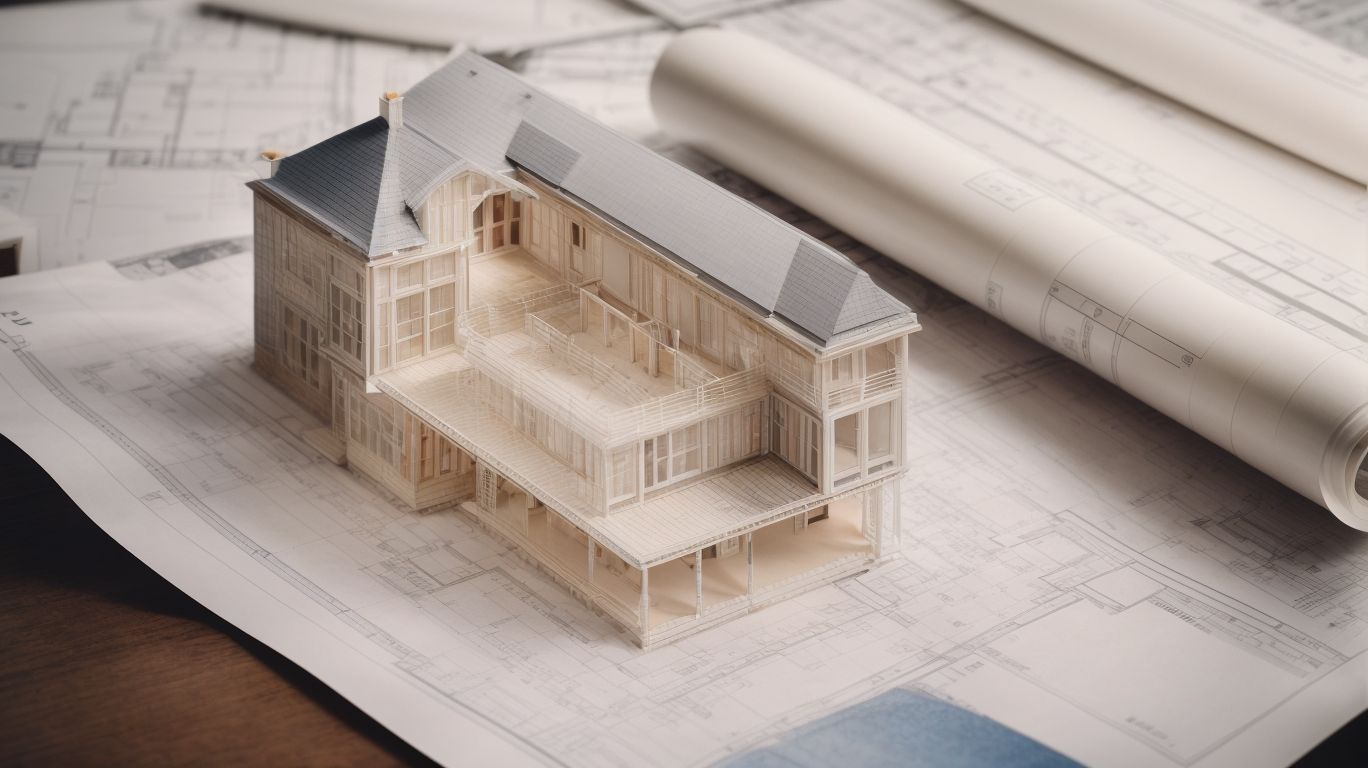
Understanding Earthquake Risks in SF and Seismic Retrofitting
Earthquakes are natural disasters that can cause widespread destruction and devastation. In earthquake-prone areas like San Francisco, the risks are even higher, with the potential for major damages and loss of life.
Understanding the causes and potential damages of earthquakes is crucial in order to prepare and mitigate their impact. Seismic retrofitting is one effective way to minimize the risks in earthquake-prone areas. In this article, we will explore the causes of earthquakes, the specific risks in San Francisco, the benefits of seismic retrofitting, and the essential steps to take to prepare for an earthquake. Whether you live in an earthquake-prone area or not, it’s important to be informed and prepared for this natural disaster.
What Are Earthquakes?
Earthquakes are natural phenomena characterized by the sudden release of energy in the Earth’s crust, resulting in seismic activity and potential ground shaking.
What Are the Causes of Earthquakes?
Earthquakes are primarily caused by the movement of tectonic plates along fault lines, resulting in seismic hazard and potential ground ruptures.
These fault lines are areas of intense seismic activity, where stress accumulates over time before being released in the form of an earthquake.
The interaction between different tectonic plates at these fault lines creates immense pressure, leading to sudden shifts and vibrations in the Earth’s crust.
Seismic hazard assessment plays a critical role in understanding the potential risks associated with fault lines, helping to identify areas susceptible to earthquakes and implementing measures to mitigate their impact.
What Are the Risks of Earthquakes in San Francisco?
The city of San Francisco faces significant risks associated with seismic activity, making it crucial to implement effective seismic retrofitting measures to enhance building safety and structural integrity.
What Are the Most Seismically Active Areas in SF?
San Francisco exhibits heightened seismic activity, with notable concentrations of fault lines and tectonic interactions in specific areas, contributing to its status as one of the most seismically active regions.
The San Andreas Fault, Hayward Fault, and Calaveras Fault Zone are key sources of seismic activity in the region. These geological features are a result of the ongoing tectonic interactions between the North American Plate and the Pacific Plate. As a result, the region experiences frequent seismic events, which have a significant impact on local seismic hazards. This, in turn, affects infrastructure design and emergency preparedness measures to mitigate potential risks from earthquakes.
What Are the Potential Damages of Earthquakes in SF?
Earthquakes in San Francisco pose substantial risks of structural damage, liquefaction, and infrastructure disruptions, potentially leading to widespread devastation and economic impacts.
The older buildings in San Francisco are at a higher risk of collapse during seismic activities due to their structural vulnerabilities. This not only endangers lives but also causes extensive damage to properties. One of the major threats is liquefaction, where soil loses its strength and behaves like a liquid during shaking. This can lead to the subsidence of buildings and infrastructure, posing significant risks to their stability. Additionally, critical infrastructures such as bridges, roadways, and utilities are also at risk of significant damage, which can greatly impact the city’s ability to respond and recover from natural disasters.
What Are the Predictions for the Next Major Earthquake in SF?
Seismologists and researchers have identified heightened seismic hazards and ongoing monitoring efforts to predict the next major earthquake in San Francisco, aiming to improve disaster preparedness and response strategies.
These predictions are based on a combination of historical data, geological studies, and advanced seismic monitoring technologies. Early warning systems, such as the ShakeAlert system, are being developed to provide crucial seconds of advance notice before strong shaking begins.
Community resilience initiatives and building retrofit programs are being implemented to mitigate the potential impact of a major earthquake. It is critical for both authorities and residents to stay informed and prepared for the inevitability of future seismic events in the region.
How Can Seismic Retrofitting Help in Earthquake-Prone Areas?
Seismic retrofitting plays a pivotal role in fortifying structures against seismic forces, employing earthquake-resistant design principles and retrofit construction techniques to enhance building safety and mitigate seismic vulnerability.
What Is Seismic Retrofitting?
Seismic retrofitting encompasses a series of structural enhancements and modifications aimed at improving building safety and resilience against seismic forces. This process involves assessing existing structures to identify vulnerabilities and implementing measures to reinforce key structural elements, such as foundations, walls, and connections.
The objective is to ensure that buildings can withstand the impact of earthquakes and minimize the potential for damage or collapse. By following established retrofitting guidelines and construction standards, engineers and contractors work to enhance the overall structural integrity of buildings, safeguarding the lives of occupants and preserving property in earthquake-prone areas.
How Does Seismic Retrofitting Work?
Seismic retrofitting involves comprehensive building inspections and the implementation of specialized techniques such as base isolation and structural reinforcement to enhance the structural integrity and seismic resilience of existing buildings.
This process starts with a thorough assessment of the building’s current structural condition. This includes evaluating its foundation, load-bearing elements, and overall seismic performance.
Once the inspection is completed, engineers and retrofitting specialists determine the most suitable retrofit techniques. These may include adding shear walls, installing dampers, or strengthening connections.
The application of these specialized seismic retrofit measures is crucial for mitigating potential damage during a seismic event. It ensures the safety of occupants and minimizes structural vulnerability.
What Are the Benefits of Seismic Retrofitting?
Seismic retrofitting offers a range of benefits, including improved building safety, reduced seismic retrofit costs over the long term, and enhanced structural resilience in the face of seismic events.
This proactive approach to strengthening buildings and structures not only helps reduce structural damage during earthquakes but also minimizes the need for extensive repairs and reconstruction.
By investing in seismic retrofitting, property owners can potentially lower insurance premiums, increase property value, and ensure the safety of occupants. The long-term benefits extend to the overall community resilience and economic stability, as a more robust infrastructure can withstand seismic events, leading to reduced disruptions and associated costs.
What Are the Steps to Take to Prepare for an Earthquake?
Effective earthquake preparedness involves proactive measures such as engaging seismic retrofit contractors, securing essential supplies, and implementing structural enhancements to ensure building safety and disaster resilience.
What Are the Essential Supplies to Have in an Earthquake Emergency Kit?
An earthquake emergency kit should contain essential supplies such as non-perishable food, water, first aid items, and emergency communication devices, facilitating comprehensive disaster preparedness and response capabilities.
Having essential supplies on hand is crucial for individuals and families to sustain themselves during a disaster or emergency. These supplies should include items like a flashlight, batteries, a multi-tool, and a whistle for signaling for help.
In addition, a portable solar charger or hand-crank radio can be invaluable in maintaining communication and obtaining crucial updates. It’s also important to pack any necessary medications, personal hygiene items, and important documents in a waterproof container to protect them from damage.
What Are the Safety Measures to Take During an Earthquake?
During an earthquake, safety measures such as seeking immediate shelter, practicing drop, cover, and hold, and adhering to building codes for structural integrity are essential for minimizing risks and ensuring personal safety.
It is crucial to find sturdy furniture or structures to take cover under during an earthquake. This will provide protection from falling debris and increase chances of survival. Engineers and architects play a vital role in ensuring building codes are followed, which can greatly improve a structure’s ability to withstand seismic activity. Additionally, retrofitting older buildings can also enhance their resilience. It is important for individuals to familiarize themselves with safety guidelines, such as securing heavy items and knowing the location of gas and electricity shut-off valves, to prevent hazards during an earthquake.
What Are the Steps to Follow After an Earthquake?
Following an earthquake, immediate steps should include building inspections for structural integrity, adherence to seismic retrofit regulations, and the implementation of necessary repair and retrofitting measures to restore safety and resilience.
Building inspections are a critical step in identifying any structural damage and ensuring compliance with seismic retrofit regulations. Once completed, it is crucial to promptly address any necessary repairs and retrofitting measures. This process involves evaluating the building’s current condition, obtaining necessary permits, and executing the work in accordance with regulatory standards.
In the event of a disaster, it is essential to prioritize building resilience and safety. This includes reinforcing structures to withstand potential future seismic activities and protecting lives and property.




No Comments